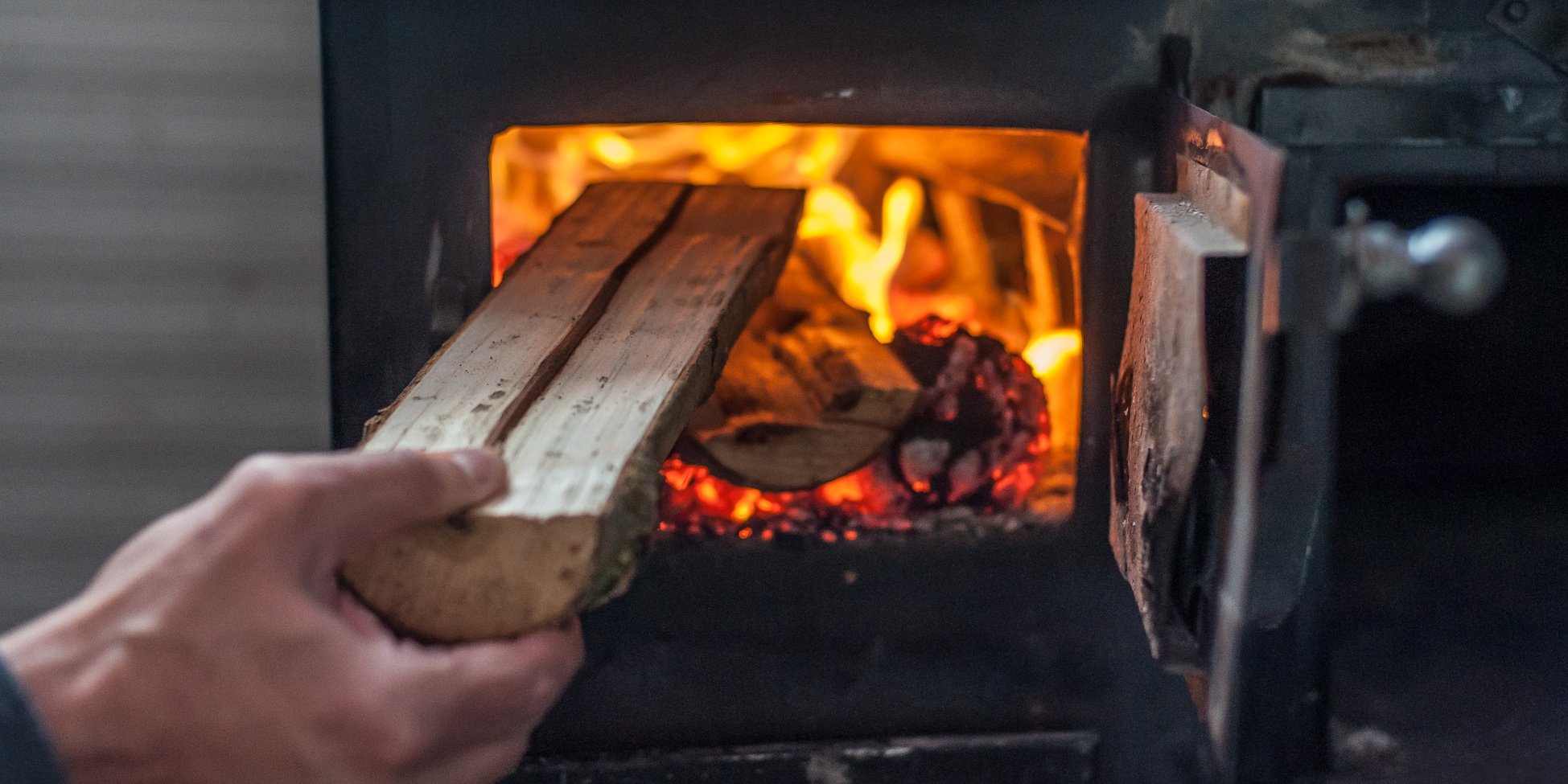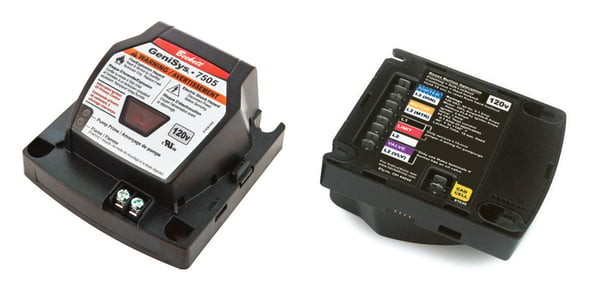In the history of heating and combustion technology, manufacturers and heating specialists alike have made huge improvements in the arenas of heating efficiency and safety. One of the most significant developments in terms of heating safety is the introduction of the burner primary control, which communicates with other heating components and oversees the safe operation of the system. However, systems haven't always been designed this way. As heating systems evolved the primary control became an integral part of the heating system, striving for safety while delivering automatic comfort.
In fact, the primary control was developed not only to provide peace of mind to end users but also to transfer the responsibility of ensuring safe operation from their hands to the system itself. In this post, we'll discuss the evolution of primary controls as we know them today and examine how they improved modern heating and combustion safety.
The Historical Evolution of Heating System Primary Controls
Primary controls have not always existed as part of the heating system. In fact, they were invented as a direct solution to the challenges presented by previous "safety measures" associated with various types of traditional heating systems. Here's what a few of those traditional heating systems and their safety requirements looked like before the development of the primary control:

- Wood fuel is one of the oldest forms of heating, dating back thousands of years. Of course, wood stoves and furnaces continued to develop and improve over the decades, making them more sophisticated and efficient by the 1970s and 80s to today. However, when wood is the main source of heating fuel, fires become a safety concern in general, and traditional wood heating systems required a lot of manual safety upkeep and maintenance. While smoke detectors and carbon monoxide detectors are critical, they can only detect danger once the harmful fumes reach them outside the system. Additionally, it was necessary to manually check to ensure safe operation so overheating, smoke, soot or potentially toxic fumes were not entering the building. There was no automatic mechanism to shut off the burner when no one was there to monitor the flame.
- Coal heat, which dates back as far as the 1800s, exhibits many of the same safety concerns as traditional wood heat. Coal furnaces were designed with a similar purpose and continued to improve over the years, but before primary controls were introduced, they also required constant monitoring. Again, toxic fumes leaks could occur if the burner was left on when no flame was present in the system, and it could take a significant amount of time to detect this leak.
- Older oil burners also raised safety concerns before the modern primary control was introduced to quickly detect the absence of a flame and shut off the burner. Oil burners posed the same issues as wood and coal heat: without a rapid safety control the burner could send excessive unregulated amounts of oil into the firebox, creating an oil leak and a potential hazard from fire or fumes.
Before primary controls, all of these heating systems required manual flame monitoring by sight and smell, and they posed an increased risk if fumes were not detected quickly enough. With the development of the modern primary control, however, these systems have become much safer and more dependable than ever.
 |
| Click here to learn more about the GeniSys™ Advanced Burner Control and other primary controls from Beckett. |
Safety with Modern Primary Controls
Primary controls today are designed to serve a specific purpose: to monitor the flame and to react quickly to changes in the burner's operation. Using sensors and improved safety technology, the primary control monitors the flame automatically, with no need for anyone to manually check the burner or shut off the machine if a flame failure is detected.
A cad cell eye monitors the presence of the flame. If the cad cell senses that the flame is lost during initiation, the primary control shuts down the system. While older primary controls could perform the shutdown within 30-90 seconds of initiation, the newest controls can sense a lost flame within only 15 seconds, limiting the potential for too much fuel in the firebox area. If the flame is established when initiated but lost during the run cycle, modern primary controls shut off the burner within one second, leaving little to no unburned oil in the system. Unlike the previous technology, the primary control operates automatically, without any need for constant monitoring. Because the primary control can operate efficiently without human intervention, the safety standards of today's heating systems are significantly improved over the systems of the past.


